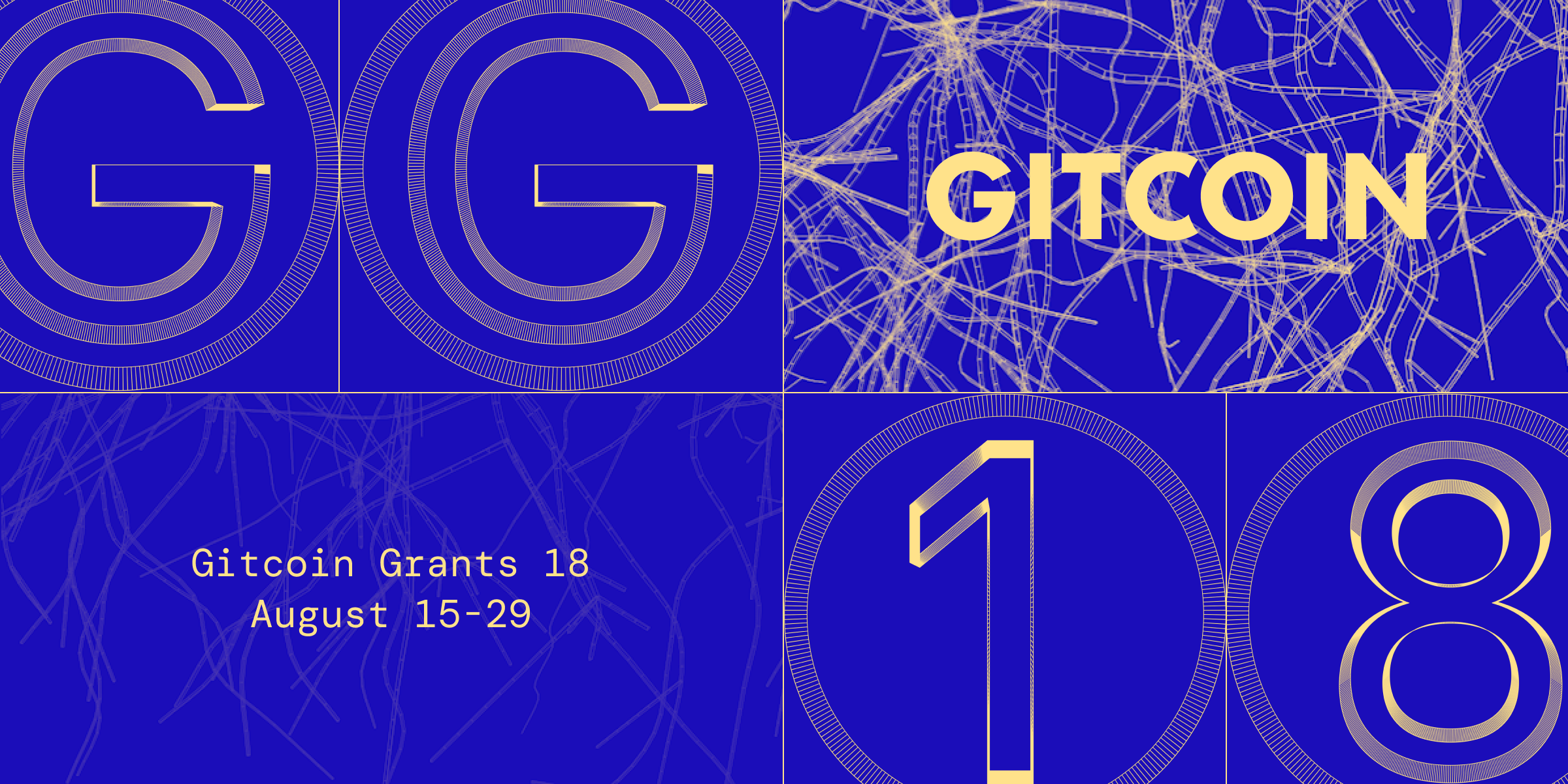The next Gitcoin round 18 has just started (15 Augst - 29 August, 2023)
To support web3-oasis please follow the steps:
1. Create/refresh your Gitcoin Passport here
2. Support us by donating here
What is Gitcoin?
Gitcoin is a platform that connects software developers with open-source projects, enabling them to collaborate and contribute to the development of various software projects. It is designed to foster a community of developers, project maintainers, and users who share an interest in open-source software.
At its core, Gitcoin revolves around the concept of “bounties.” A bounty is a reward or incentive offered by an individual, organization, or project for completing a specific task or issue within a software project. These tasks can range from coding new features, fixing bugs, improving documentation, and more. By offering bounties, project maintainers can attract contributions from a wide range of developers who are motivated by both the financial reward and the desire to make a meaningful impact on open-source projects.
The Gitcoin platform provides a user-friendly interface that allows developers to browse through a list of available bounties across different projects. Developers can choose tasks that align with their skills and interests. Once a developer completes a bounty and the work is accepted by the project maintainer, the developer receives the offered reward.
Gitcoin also offers features beyond bounties, such as hackathons, where developers can participate in time-limited coding competitions to solve specific challenges. These events often bring together developers, sponsors, and projects in a collaborative environment.
One of the unique aspects of Gitcoin is its integration with blockchain and cryptocurrencies, particularly Ethereum. Gitcoin uses blockchain technology to ensure transparency, security, and trust in the distribution of rewards. Developers can choose to receive their rewards in various cryptocurrencies, making it a way for developers to earn cryptocurrencies while contributing to open-source projects.
In addition to its practical benefits for developers and projects, Gitcoin contributes to the growth of the open-source ecosystem by encouraging collaboration, improving software quality, and providing a platform for individuals and organizations to support and engage with the broader open-source community. The platform has gained popularity due to its innovative approach to incentivizing open-source contributions and facilitating a more sustainable model for software development.
How does Gitcoin grant work?
Gitcoin Grants Quadratic Funding is an innovative mechanism designed to distribute funds to open-source projects in a fair and decentralized way. It’s based on the concept of quadratic voting and funding, which aims to give smaller donors more influence and ensure a broader base of support for projects.
Here’s a simplified explanation of how Gitcoin Grants Quadratic Funding works:
Contributions: Anyone can contribute to a Gitcoin Grant campaign using cryptocurrency (usually Ethereum). Contributors can donate any amount they choose.
Matching Pool: Gitcoin sets aside a matching pool of funds. This pool is used to match contributions made to each project.
Matching Algorithm: The matching algorithm used in Gitcoin Grants Quadratic Funding is designed to favor projects that have a higher number of individual contributors rather than a few large donations. The algorithm calculates the match for each contribution using a quadratic formula that takes into account the square root of the number of contributors who made that contribution.
For example, let’s say a project has received contributions from 10 individual donors. The matching algorithm would calculate the match for each contribution by taking the square root of 10 and then applying the formula. Contributions from more individual contributors receive a higher matching amount.
Impact on Matching Amount: The quadratic nature of the calculation means that the first few contributions have a relatively small impact on the matching funds, but as the number of contributors increases, the matching funds increase significantly.
Fairness and Decentralization: Quadratic Funding aims to provide a fairer distribution of funds by giving smaller contributors a stronger voice. This prevents larger donors from dominating the funding pool and ensures that projects with broader community support receive more funding.
Allocation: After the campaign ends, the contributions are totaled, and the matching funds are allocated according to the quadratic formula. The project then receives the total of the contributions and the matching funds.
Transparency: Since the entire process is based on blockchain technology, the distribution of funds, contributions, and matching amounts are transparent and auditable.
Gitcoin Grants Quadratic Funding encourages community participation, rewards a diverse set of contributors, and supports a wider range of projects within the open-source ecosystem. It’s an attempt to align financial incentives with the principles of decentralized and collaborative software development. Keep in mind that the specifics of the formula and parameters used in Gitcoin’s implementation might vary, and it’s always a good idea to refer to their official documentation for the most accurate and up-to-date information.
Gitcoin grant usage
We are helping the open source web3 community by providing them real time gas prices and insights through mobile application to enable better decision making while chosing activity on Blockchain.
Gitcoin grant will be used build sdditional features like Insights, Visualisation, mobile alert notification will keep the user more engaged and make them plan ahead about their Blockchain activities.
Future Roadmap includes:
- Gas Price Prediction
- Blockchain Recommendation
- User personalised mobile push notification
- Benzin mobile app for Apple devices
- Add top 10 Blockchain gas price
